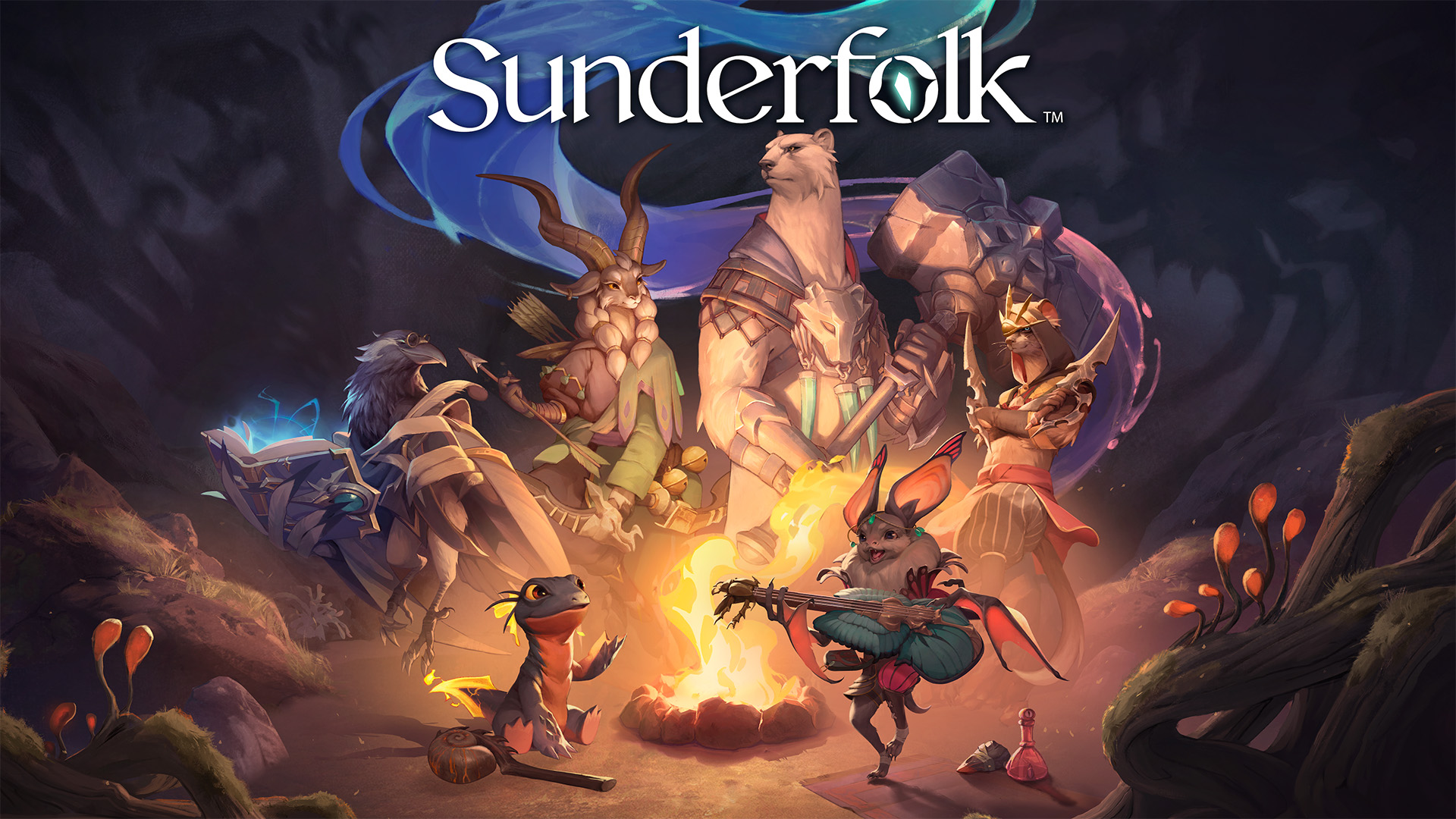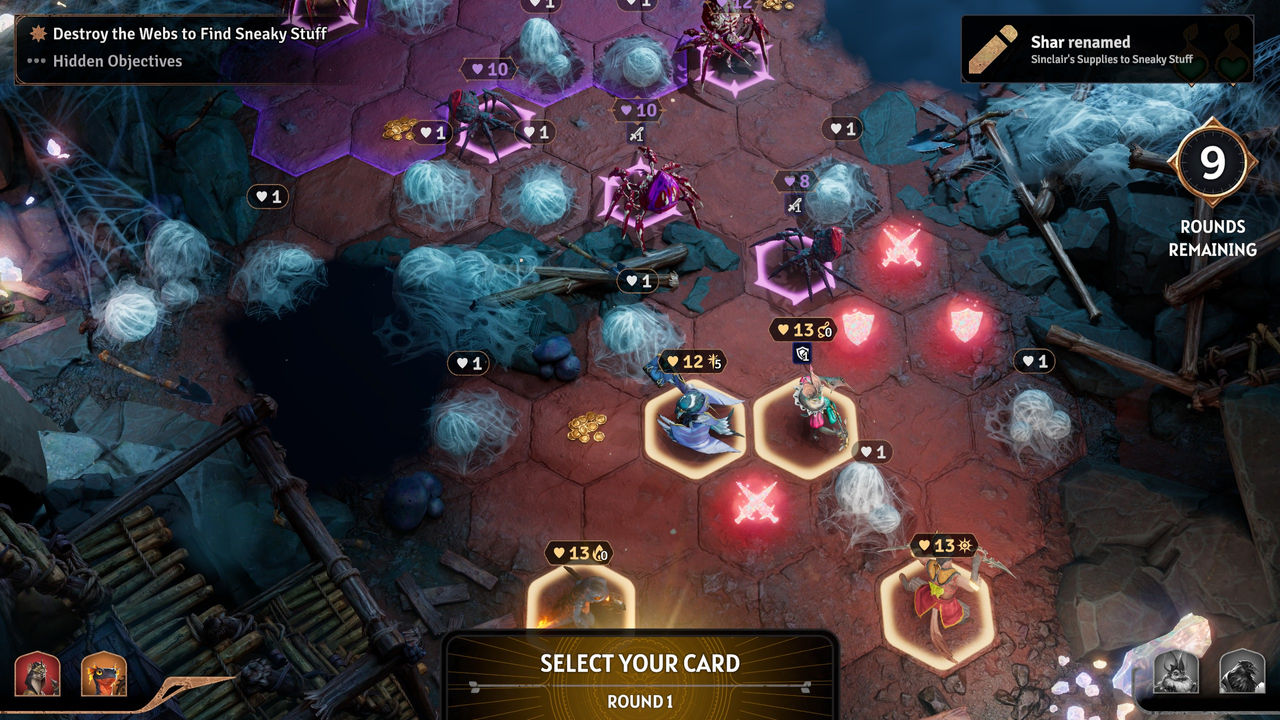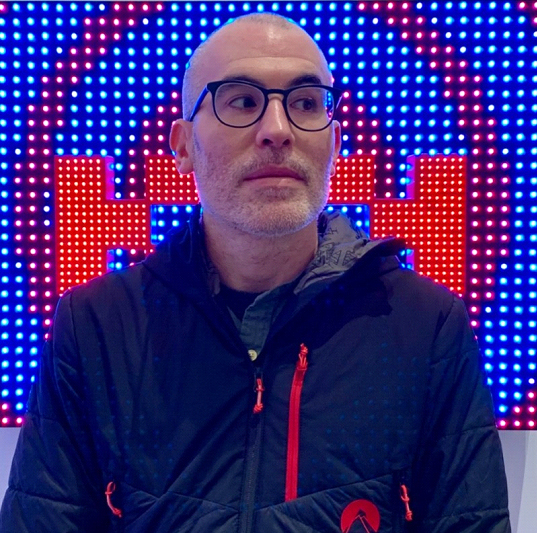Inside Indie Selects: Sunderfolk
Learn more about Dreamhaven’s new game and how they refined their processes to bring their tabletop-inspired, turn-based tactical RPG adventure to life.

From conception to release, the game development journey is different for every independent studio. Sure, there are parts that are similar or that nearly everyone has to go through along the way, but the actual experience differs depending on myriad factors. Some studios have dozens of employees, each of which has a specific role to fill. Others might only have one solo developer handling every step in the process. Regardless of a studio’s size, location, or experience, they’ve each got a story to share with their fellow developers. That’s where we come in.
Every week, we’ll be spotlighting an independent developer that the ID@Xbox team has chosen to be included in the monthly Indie Select collection. This dedicated, permanent, curated collection in the Xbox Store allows us to bring more attention to games that we feel are particularly special – everything from current favorites to older gems, including games from new creators from around the world. You’ll learn more about the teams building these great games, the challenges they faced along their development journey, what they learned, advice they’d share with other developers, and much more.
This week, we’ll be taking a look at Dreamhaven, developer of the ID@Xbox game Sunderfolk. We had a chance to chat with Chris Sigaty, Studio Head of Dreamhaven’s internal studio Secret Door, about the development journey the team took to publish Sunderfolk on Xbox.
Tell us a bit about Dreamhaven.
Dreamhaven is a game company based out of Irvine, California, with remote team members from across North America and the UK. We’re just over a hundred people and have two internal studios - Secret Door and Moonshot - and a central team that works to get our games out to players. In April, we launched Secret Door’s first game, Sunderfolk.

What was the inspiration behind Sunderfolk?
It’s the deep connective experience that game nights with family and friends can create – as fans of board games and tabletop RPGs, we wanted to capture that magic through Sunderfolk.
How did Xbox help support the development and/or publishing of Sunderfolk?
Xbox was a big believer in Sunderfolk and supported us throughout our launch campaign. From trailers across Xbox YouTube and This Week on Xbox, to social media support, to storefront and newsletter support, they were great partners. As an independent game, first party platform exposure really helps build awareness with people who may not otherwise come across the game.
What are your duties on Sunderfolk?
As the studio head of Secret Door, I work with studio leadership to set the high-level direction for the studio, ensure the team has what they need to accomplish their goals, and that our team objectives align with studio and company-wide goals too.
What do you want the audience to take away or experience once they play Sunderfolk?
That it’s possible to play a game with strategically interesting missions while also forging deep connections with friends and loved ones. There’s so many special moments that can only happen when you’re sharing that adventure together.

Which feature or gameplay mechanic are you most proud of in Sunderfolk?
I’m most proud of Sunderfolk’s overall gameplay experience. Through the use of the phone as a controller, players are able to play in a way that’s very similar to getting together to play an RPG or board game. Your phone is your character sheet, ability cards, dice (and in Sunderfolk’s case, played as cards), NPC conversations, vendor interactions, and more. Your TV or monitor is your game board. The power of this combination allows you to play co-op without one player needing to take control of the screen which can slow things down. The controller directly addresses some of the challenges you face when you try to bring new players into the hobby, and the team did an amazing job making this experience feel seamless and satisfying.
What’s the biggest lesson you learned during the development of Sunderfolk?
It’s really important to get smaller experiences in front of your potential audience as early as possible. The more involvement you have from players the more insights you can gain early on and address before you launch your game. Since we launched in April, we’ve already been able to develop and ship meaningful improvements, and that’s all thanks to player feedback!
What was the biggest challenge you overcame during the development of Sunderfolk?
As with any game, we faced a number of specific challenges throughout development including team member changes, technical challenges, and anything else you can think of. It probably goes without saying that the most impactful has to be the pandemic. Secret Door had just formed and we had to adjust how and where we worked, while also strongly influencing our psychology about the game we were making and whether people would be getting together physically to play games, the way they were prior to the pandemic.

What do you wish you knew going into the development of Sunderfolk?
Related to engaging with players early on and how we had to adapt as a studio due to the pandemic, I wish I had closely observed how rapidly video games and those communities were changing in real-time. Players have an astounding amount of options and there are so many great games coming out each year – that means we need to be focused on creating experiences that resonate with a wide variety of people.
What advice would you offer fellow game developers working alone or on a smaller team?
Keep it simple. It’s easy to go for the biggest and most grand version of your idea, but that’s also when you can lose focus on your core game. Really boil the game down to the most critical parts of the experience when possible.
What’s next for Dreamhaven?
Our sibling studio Moonshot Games is working on Wildgate - a PVP crew-based shooter that blends ship-to-ship combat with fast-paced first-person action.

